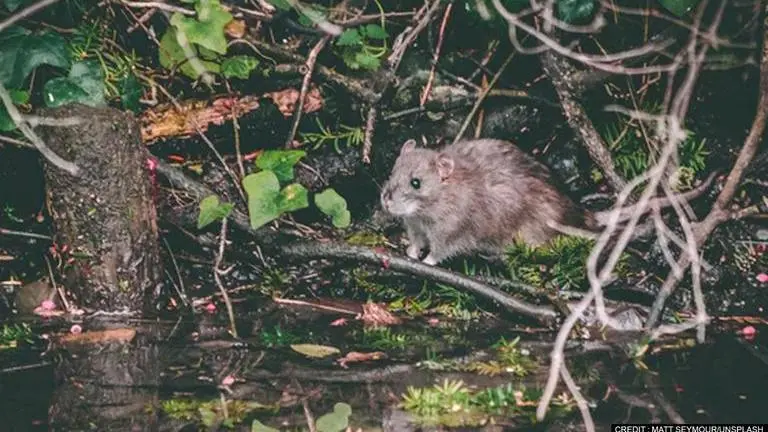Updated 25 April 2021 at 19:07 IST
Giant cloud rat species 'twice the size of grey squirrel' discovered in Philippines
Scientists have discovered three new species of giant cloud rats that were twice the size of a grey squirrel in a series of caves in the Philippines
- World News
- 3 min read

Scientists have discovered three new species of giant cloud rats that were twice the size of a grey squirrel. They further said that these "giant cloud rat species" roamed in the Philippines tens of thousands of years ago. The scientists have made the analysis based on bones and teeth of giant cloud rats. The specias were fluffy and had big, bushy tails and the study has been published in the Journal of Mammology.
The fossilised remains of the giant cloud rat species were found in a series of caves in the Philippines after the rodent went extinct a few thousand years ago. The researchers said these giant cloud rats were fluffy and had big, bushy tails. The researchers believe that humans may have played a role in their abrupt disappearance as the timeline coincides with the appearance of pottery and Neolithic stone tools and when dogs, domestic pigs, and probably monkeys were introduced to the Philippines.
Larry Heaney, the curator of mammals at the Field Museum in Chicago, said the bigger rats would have looked almost like a woodchuck (groundhog) with a squirrel tail. He further said that the fossils of these species show that biodiversity was even greater in the very recent past. The fossil species were found in Callao Cave, where Homo luzonensis was discovered in 2019, and several adjacent smaller caves in Penablanca, Cagayan Province.
“Cloud rats eat plants, and they’ve got great big pot bellies that allow them to ferment the plants that they eat, kind of like cows. They have big fluffy or furry tails. They’re really quite cute", he said.
"Their abrupt disappearance just a few thousand years ago leaves us to wonder if they were big enough that it might have been worthwhile to hunt and eat them, he added.
Some fossils remain of the cloud rat species were unearthed in the same layer that the homo luzonensis was found, making the rodents around 70,000 years old. Janine Ochoa, an Assistant Professor of Archaeology at the University of the Philippines said that they had evidence of extinct large mammals on the Philippine island of Luzon for a long time. She said that there was however no information about fossils of smaller-sized mammals so far.
Advertisement
"The reason is probably that research had focused on open-air sites where the large fossil mammal faunas were known to have been preserved, rather than the careful sieving of cave deposits that preserve a broader size-range of vertebrates including the teeth and bones of rodents", she said.
(Representative Image. Credits: Matt Seymour/Unsplash)
Published By : Apoorva Kaul
Published On: 25 April 2021 at 19:07 IST
